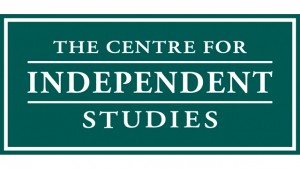Home » Commentary » Media Release » MEDIA RELEASE: CIS welcomes government’s focus on improving Indigenous outcome evidence

 The Centre for Independent Studies, which this week published the research report Mapping the Indigenous Program and Funding Maze, has welcomed federal government comments about improving outcomes and results for Aboriginal Australians, but says much more needs to be done.
The Centre for Independent Studies, which this week published the research report Mapping the Indigenous Program and Funding Maze, has welcomed federal government comments about improving outcomes and results for Aboriginal Australians, but says much more needs to be done.
Indigenous Affairs Minister Nigel Scullion’s remark that the government was “placing a strong focus on quantitative evidence” suggests a welcome increase in the level of quantitative evidence in relation to Indigenous programs,” CIS Research Fellow Sara Hudson says.
She said as recently as December 2015 a Productivity Commission report outlined that there is insufficient evidence being collected about the outcomes of Indigenous programs and that “…formal rigorous evaluations of Indigenous programs (mainstream and Indigenous-specific) that set the benefits of particular policies for reducing disadvantage against the costs are relatively scarce.”
“This is consistent with the findings in my report that only 8% (88) of 1,082 programs have been evaluated,” Ms Hudson says.
“More clarity is needed in government projected spending. The government breaks spending down into Indigenous Advancement Strategy funding of $4.9 billion over four years, and $3.7 billion of special appropriations and other funding.
“However, while the 2016-17 Prime Minister and Cabinet portfolio budget statement identifies $2.52 billion worth of spending over 2015-16 under the Indigenous Advancement Strategy categories, it also notes that actual spending in the five IAS categories is much more than this.
“More than $1 billion of other programs listed under the IAS categories are funded over the next two years from other appropriations and accounts (like the Aboriginal Benefit Account), while the department also receives funding of around $280 million each year to support the programs.
“While this funding is accounted for elsewhere, it is an example of the difficulty in untangling the web of indigenous funding.
“It is crucial that there is greater clarity around spending and that programs are properly evaluated. It is not enough that a program has worthy objectives — it needs to deliver on its promises.”
Sara Hudson is a Research Fellow and Indigenous Research Program Manager at the Centre for Independent Studies
MEDIA RELEASE: CIS welcomes government’s focus on improving Indigenous outcome evidence